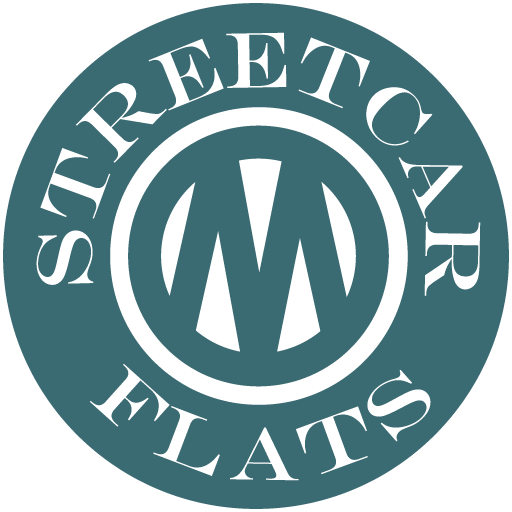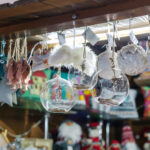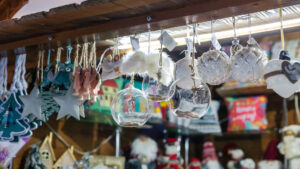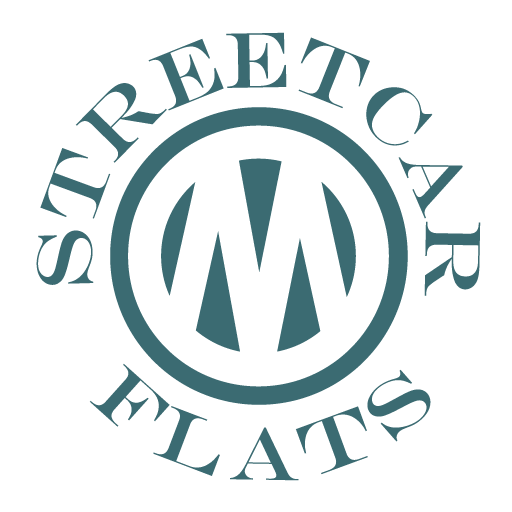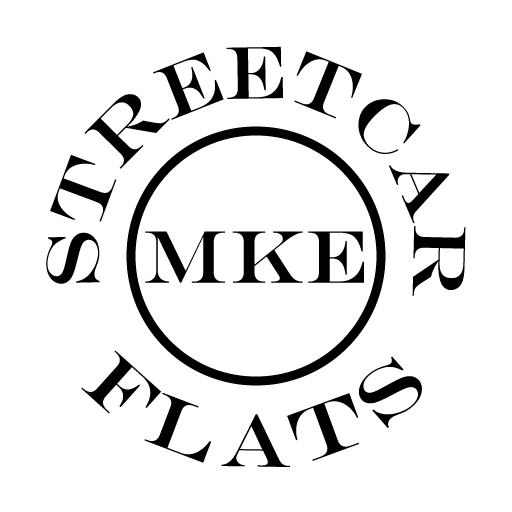In 1888, Frederick Layton erected an art gallery adjacent to Cathedral Square, while other community-minded individuals established the Milwaukee Art Association, which later became the Milwaukee Art Institute. In 1957, the Layton Art Gallery relocated the Layton collection and merged with the Milwaukee Art Institute, finding a new home in the War Memorial Center designed by Eero Saarinen.
This marked the inception of the Milwaukee Art Center’s growth. In 1975, an architectural expansion by David Kahler contributed additional gallery space to accommodate the expanding collection. In 2001, architect Santiago Calatrava designed the Quadracci Pavilion, enhancing the Milwaukee Art Museum’s public gathering areas and bestowing upon the city of Milwaukee a striking new international landmark.
A City Poised for Artistic Expansion
Towards the end of the 19th century, Milwaukee stood as a flourishing port city, characterized by a predominantly German-speaking population and an industrial foundation encompassing meatpacking facilities, tanneries, shipyards, brickyards, and breweries.
Milwaukee had already witnessed the emergence of several organizations as early as 1872, all with the shared goal of nurturing culture within the city. These groups organized art exhibitions and aspired to establish a dedicated art gallery and a formal art school. While exhibitions found a venue in Exposition Hall, Milwaukee’s prominent space for industry and culture, other endeavors in this regard experienced only fleeting success.
The Establishment of Layton Art Gallery
In fulfillment of a commitment made during a dinner conversation, Frederick Layton, a businessman hailing from Britain but residing in America (1827–1919), founded Milwaukee’s inaugural permanent art gallery in 1888. Layton commissioned the construction of a custom-designed Greek Revival structure located at the intersection of Mason and Jefferson Streets, with London architects W. J. and G. A. Audsley overseeing the design. To ensure the gallery’s sustainability, Layton endowed it with $100,000 and contributed thirty-eight paintings, a significant number of which are still part of the Museum Collection today.
The Milwaukee Art Association and Transformation into the Milwaukee Art Institute
Established in 1888, the Milwaukee Art Association relocated to a Jefferson Street building just north of the Layton Art Gallery in 1911, adopting the name “Milwaukee Art Society.” By 1914, the society had grown to nearly six hundred members.
The Milwaukee Art Society initiated the annual Wisconsin Painters and Sculptors exhibition during this time. It provided free Saturday classes for children, a cherished tradition continued by the Museum with free admission for kids aged 12 and under. Collaborating with the Layton Art Collection, the Milwaukee Art Society, later known as the Milwaukee Art Institute from 1916 onwards, dedicated itself to making fine art accessible to the people of Milwaukee.
The Decades of the 1920s and 1930s
Under the guidance of Charlotte Partridge, the Layton Art Gallery has expanded its scope, engaging in activities such as lending artworks, dedicating one of its galleries to Wisconsin art, establishing the Layton School of Art, and orchestrating traveling exhibitions. Meanwhile, the Milwaukee Art Institute evolved into a hub for local arts organizations during a period of social upheaval nationwide, showcasing numerous avant-garde art exhibitions.
During his directorship at the Milwaukee Art Institute from 1926 to 1941, Alfred Pelikan concurrently held the position of director of art education for Milwaukee Public Schools. This collaboration focused on promoting excellence in art education and endures today through the endeavors of the Milwaukee Art Museum.
Following World War II
After World War II, the Milwaukee business community developed a keen interest in creating an arts and music complex dedicated to the city’s service members. The Metropolitan Milwaukee War Memorial Corporation initiated fundraising efforts and enlisted the renowned architect Eero Saarinen to bring to life a mid-twentieth-century design masterpiece along the lakefront.
On Veterans Day in 1957, the War Memorial Center was formally dedicated with the noble mission “To Honor the Dead by Serving the Living.” At this juncture, the Milwaukee Art Institute and the Layton Art Gallery relocated to their new premises, uniting to form the Milwaukee Art Center.
1960s–1980s: A Museum’s Expansion
In the late 1960s, Mrs. Harry (Peg) Lynde Bradley made a remarkable contribution by offering her extensive collection of over six hundred Modern works of art to the Museum. She challenged the community to construct an addition capable of housing her impressive collection and generously donated $1 million towards the construction efforts.
This challenge was met successfully, resulting in the opening of the Kahler building in 1975, which featured significantly expanded galleries for the Museum. The Collection received significant contributions throughout this period, including the Richard and Erna Flagg Collection and the René von Schleinitz Collection.
The Museum’s Friends of Arts introduced two popular fundraising events, the Bal du Lac in 1958 and the Lakefront Festival of Arts in 1963, further contributing to the collection’s growth. In 1980, the Milwaukee Art Center underwent a name change, becoming the Milwaukee Art Museum, and in 1983, it achieved accreditation from the American Association of Museums.
1990s + 2000s: A Precipice of Transformation
In 1988, the Museum commemorated its centenary and, while setting its sights on the future, embarked on plans for yet another expansion. On December 10, 1997, construction commenced on an addition designed by the Spanish architect Santiago Calatrava, poised to propel the Milwaukee Art Museum into the next millennium.
The audacious Quadracci Pavilion debuted in 2001, earning acclaim and swiftly becoming an emblematic symbol of Milwaukee. This project encompassed a magnificent hall, new exhibition galleries, an auditorium, a store, and a café, augmenting the Museum’s footprint to 341,000 square feet.
Present Day
The Milwaukee Art Museum currently stands as the largest art museum in Wisconsin, boasting a vast collection of over 30,000 artworks and regularly featuring internationally acclaimed exhibitions. The institution continues to thrive by welcoming nearly 400,000 visitors annually, with approximately 21,500 individuals maintaining yearly Museum memberships. Moreover, the Museum’s exceptional art education program engages with over 50,000 young learners annually through various initiatives, including programs, guided tours, and internships.
Discover more Milwaukee museums and other fun things to do in Milwaukee in our blog!
700 N. Art Museum Dr. Milwaukee, WI 53202
(414) 224-3200
mam.org
